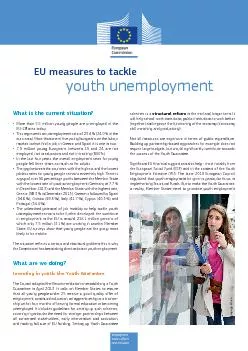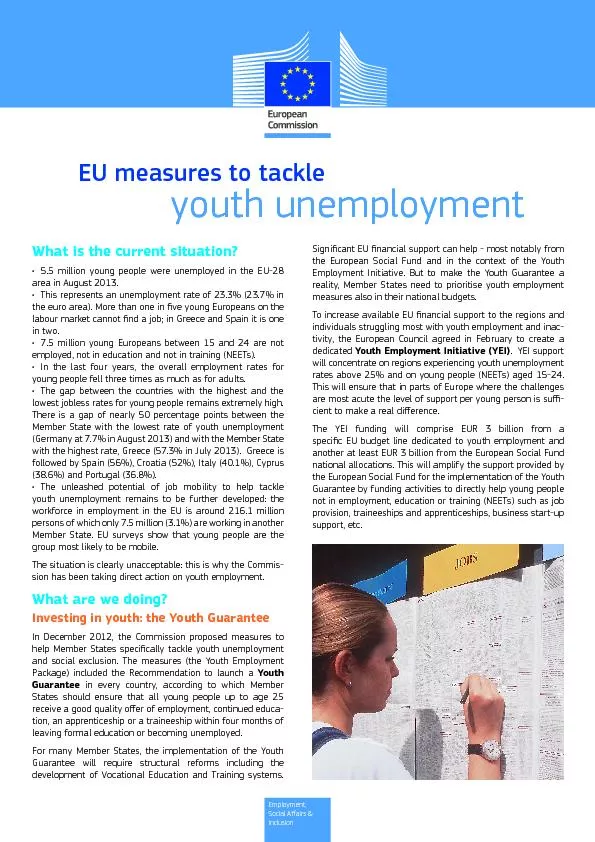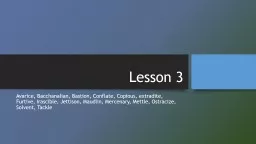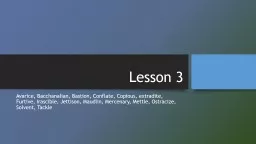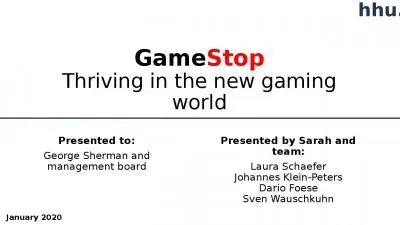PDF-EU measures to tackle
Author : phoebe-click | Published Date : 2015-11-10
Employment Social and youth unemployment What is the current situation million young people are unemployed in the EU28 area today This represents an unemployment
Presentation Embed Code
Download Presentation
Download Presentation The PPT/PDF document "EU measures to tackle" is the property of its rightful owner. Permission is granted to download and print the materials on this website for personal, non-commercial use only, and to display it on your personal computer provided you do not modify the materials and that you retain all copyright notices contained in the materials. By downloading content from our website, you accept the terms of this agreement.
EU measures to tackle: Transcript
Download Rules Of Document
"EU measures to tackle"The content belongs to its owner. You may download and print it for personal use, without modification, and keep all copyright notices. By downloading, you agree to these terms.
Related Documents

